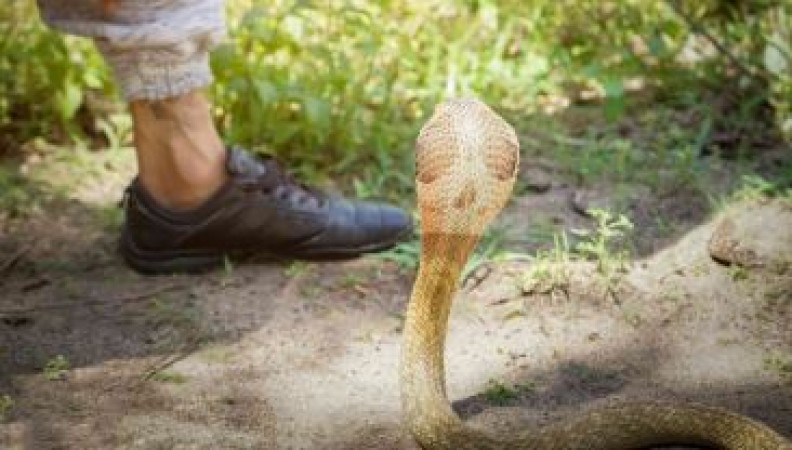
Snakebite is very common in India but snake bite is not only a problem of villagers but in India in cities also in rainy winter followed by warmer weather brings great conditions for outdoor activities and for snakes coming out of hibernation. Even though a snakebite can happen any time, most occur between April and October when there is a significant warming trend.
How to Identify Snake is Venomous or not
The snake is venomous or not, the area around the wound is likely to be itchy, painful and swollen. Venomous bites may also lead to nausea, vomiting, numbness, weakness, paralysis, and difficulty breathing.
How to Identify Snake Bite
What to do after snake bite
Call for Doctor:You should treat any snake bite as an emergency, regardless of whether you think the snake was venomous or not. Many snakes look similar, and if you wait to see if you feel symptoms of venom poisoning, it might be too late by the time you get help.
Stay Calm. If you’ve been bitten by a poisonous snake, not moving might save your life. It’s a myth that snake venom gets straight into your blood stream after a bite. Instead, it moves through your lymphatic system. Lymph is a fluid in your body that contains white blood cells. If the snake is still around then stay still and calm, you can prevent the venom in your lymph traveling further into your body.
Stay away from Snake: Don’t try to identify, catch, injure or kill the snake – you’re likely to come off second best. At the hospital, staff have access to a range of tests that can help them determine the likely snake which you have been bitten by, enabling them to give you the most appropriate treatment.
Do not wash or such snake bite: There are a lot of old methods of treating snake bites that are now known to cause more harm than good. Washing the snake bite site can wash off venom that the hospital staff may be able to use to identify the type of snake that bit you. You should also keep clothing from around the bite site, because additional movement can cause venom to more readily move into the blood stream.
Remove anything tight from around the bitten part of the body (e.g.: rings, anklets, bracelets) as these can cause harm if swelling occurs.
Apply a bandage: use an elasticised roller(you can also use any clothes) bandage (pressure bandage) that is 10-15cm wide roll bandage firmly over bite site.apply a second elasticised roller bandage to immobilise the whole limb, starting just above the fingers or toes and moving upwards on the bitten limb as far as the bandage will reach. It should be applied very firmly and you should not be able to easily slide a finger between the bandage and the skin. The idea is that it is tight enough to reduce lymphatic movement, but not constrict blood flow.
Covid Updates: India reports 20,557 new cases, 44 deaths
Odisha sounds alert on monkeypox for all districts after Centre’s advisory
Food items to avoid in the Rainy season